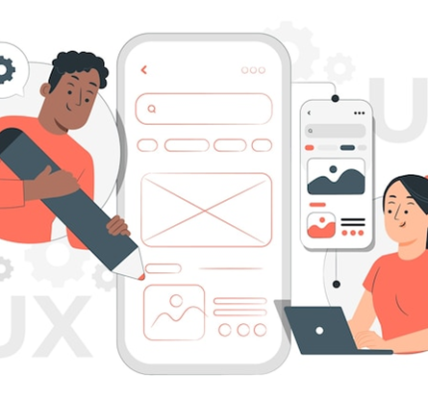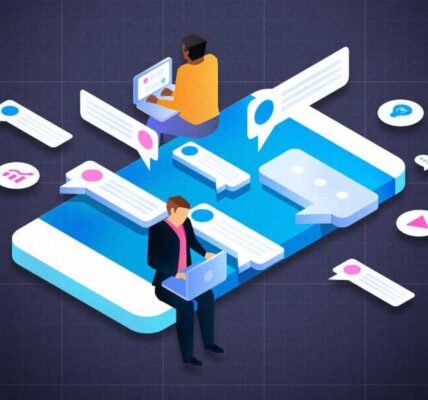As remote work becomes the new normal, employees are utilising various devices such as company-provided laptops, personal PCs, and internet connectivity. However, these endpoints present security risks, making it unwise to store copies of corporate data on employee laptops. Consequently, organisations are increasingly turning to VDI solutions, also known as Virtual Desktop Infrastructure.
VDI refers to a service in which the desktop is hosted on a central server. Client devices such as thin clients, terminals, laptops, tablets, and mobile phones can access virtualized desktop images stored on the server. The data and documents generated by the user are stored on the server rather than on client devices.
One type of VDI solution is DaaS (Desktop-as-a-Service), which is provided by cloud service providers (CSPs). Let’s delve into some of the advantages of DaaS and its different variations.
Advantages of DaaS
- Lower Total Cost of Ownership: Organisations typically own a large number of laptops and desktops, incurring significant capital expenditure (CAPEX) to procure hardware and software. Furthermore, there are challenges associated with hardware obsolescence and running outdated software versions. Managing and maintaining these resources requires substantial IT department resources. With DaaS, the CSP takes responsibility for upgrading, maintaining, and securing desktop images. The costs of bandwidth, software licenses, security, and maintenance are bundled into the service, resulting in a lower total cost of ownership and predictable costs for the CIO/IT head.
- Security and Privacy: Since data does not reside on the client devices, it cannot be copied or transferred to other devices. Instead, it is securely stored on the central server, enhancing data security.
- Control and Management: The CSP manages desktop images, security, and compliance, ensuring improved business continuity, reliability, and data integrity.
- High Availability, Uptime, and Scalability: CSPs guarantee maximum uptime, ensuring high availability of resources and minimal downtime, backed by Service Level Agreements (SLAs). The infrastructure can also be scaled up or down on-demand.
Types of Desktops
- Desktop for Consumers/Students: This usage scenario involves individuals using DaaS for personal applications like browsing, learning, video chats, watching videos, playing games, photo editing, video editing, drawing, etc.
- Desktop for Business: Users in this category utilise DaaS for email, document creation, web research, viewing PDF documents, and accessing enterprise applications such as ERP, CRM, and HR apps.
- Desktop for Graphic-Intensive Tasks: Designers who rely on CAD applications, design tools, and video/photo editing software fall into this category. These tasks require substantial computing power due to their processor and graphics-intensive nature.
- Desktop for AI/ML Users: Users who need to run analytics applications for processing large amounts of data fall into this category. This processor-intensive task demands robust hardware capabilities.
DaaS Use Cases
DaaS finds applications in various industries and for different types of users. Here are some real-life use cases:
- Call Center/BPO/KPO: The call center industry deals with sensitive data, including customer profiles, credentials, credit card information, and transactional data. DaaS offers a high level of data security in such cases.
- Branch Office: Banks are adopting DaaS for their branches and remote employees. Customer service representatives (CSRs) working from remote locations can securely access customer records stored on the central server, ensuring both convenience and security for the business.
- Traveling/Field Executives: Organisations encourage traveling executives and sales staff to use thin clients, tablets, and mobile devices. Since data is not stored on these devices, the risk of data loss or damage is minimised. Additionally, real-time data access while on the move is facilitated.
- Work from Home: With the global workforce shifting to remote work, DaaS presents an ideal alternative to traditional laptops. Organisations gain better control over data accessibility and can mitigate the risk of data breaches.
- Students and E-Learning: Students engaged in project-based work can leverage DaaS instead of investing in high-end laptops. The standardization of software and bundled licenses makes DaaS a suitable option for e-learning platforms.
- Movie Production/Design Studios: Studios can benefit from the lower TCO provided by DaaS solutions rather than investing heavily in high-end workstations. The pay-per-use model proves advantageous for project-based output.
Tips for Choosing the Right DaaS Service Provider
If you have decided to implement DaaS, selecting the appropriate service provider is crucial. Consider the following factors while evaluating different providers:
- Integration with Third-Party Applications: Ensure that the DaaS solution can seamlessly integrate with third-party applications using APIs.
- Low-Latency and Unlimited Data Upload/Download: Look for a service provider that offers low-latency connections and unlimited data transfer capabilities.
- End-to-End Security: The provider should offer robust security measures at each layer, including data encryption during rest and transit.
- Unified Device Management: Look for a provider that offers a simplified management console for unified device management.
- Rapid Deployment and Centralised Management: A service provider that facilitates quick deployment and centralised management simplifies the implementation process.
Lastly, it is important to clarify whether the provider includes bandwidth costs in their service, as some virtual desktop service provider may not bundle this cost. Additionally, consider the reliability and security of the data center on which the DaaS or VDI solution relies. A Tier IV-rated data center, certified by the Uptime Institute, ensures fault redundancy and maximum uptime for your data and workloads.










